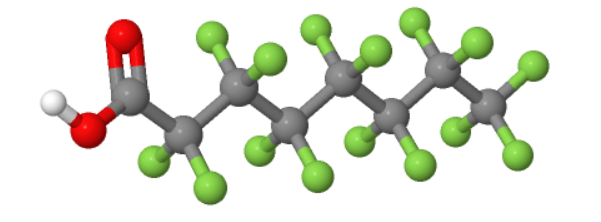August 21, 2020
PFAS—a group of emerging water contaminants—have been a hot topic in recent conferences, research, industry literature, and regulation. Per- and polyfluoroalkyl substances (PFAS) are synthetic chemicals used in cleaning products, nonstick coatings, firefighting foam, waterproof coatings, food packaging, and other products because they are slick, durable, and water repellent. They are also potentially toxic to humans.
Hansen, Allen & Luce (HAL) is helping water and wastewater utilities prepare for PFAS treatment upgrades and adjust to the associated new operations.
Problem
PFAS migrate from industry to products to waste systems to water bodies and ultimately to public drinking water supplies. Because they are synthetically produced and stable (thanks to their long carbon-fluorine tails), PFAS do not readily degrade but persist and accumulate in the environment and in the human body. They are not removed by conventional water and wastewater treatment methods.

Treatment Methods
PFAS removal requires advanced treatment. So far, effective technologies are:
- Granular Activated Carbon (GAC). This seems to be the most common choice for PFAS removal. GAC has high surface area to which PFAS are adsorbed as water passes through. GAC may be integrated with existing sand filters or stand alone in separate treatment vessels.
- Powdered Activated Carbon (PAC). Finer than GAC, the powder is added directly to the water, where it captures PFAS and is then removed during clarification.
- Ion Exchange (IX) Resins. Small, charged hydrocarbon beads (resins) contained in a vessel attract PFAS as water passes through.
- Nanofiltration (NF) and Reverse Osmosis (RO). These processes rely on semipermeable membranes with pores that allow small molecules like water to pass through but block large molecules like PFAS.
These methods still leave the problem of contaminated solids or rejected water. Destructive technologies that break the chemical structure of PFAS are still being developed.
Regulation
Some states already regulate PFAS, and the EPA has committed to establish a Maximum Contaminant Level (MCL) for PFOA and PFOS (a subset of PFAS) that will become part of the primary drinking water standards. While there is not yet a specific timeline for these regulations, they will likely be established in the next few years.